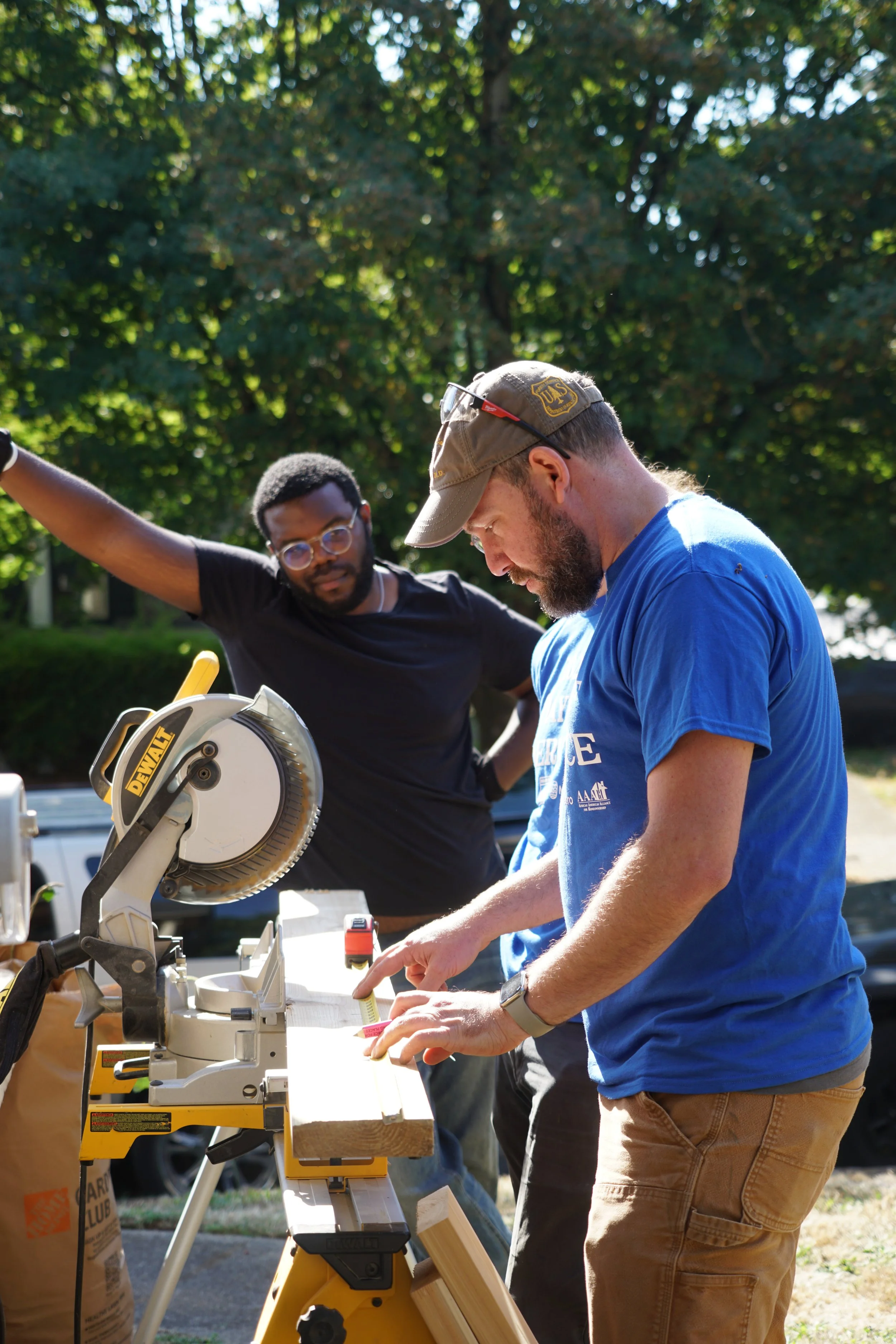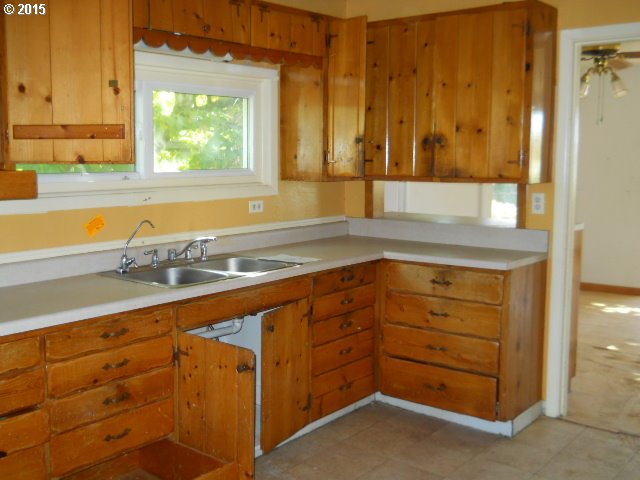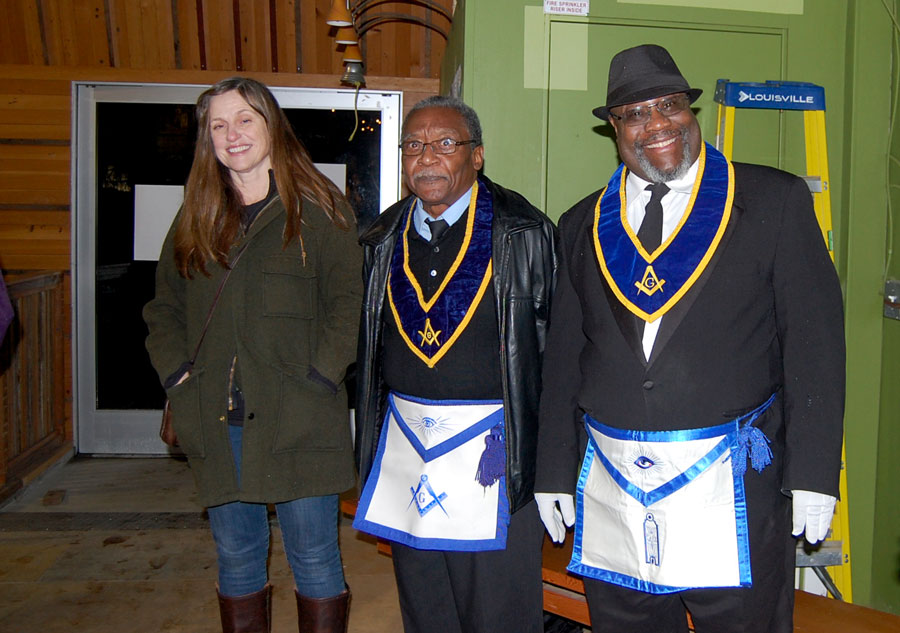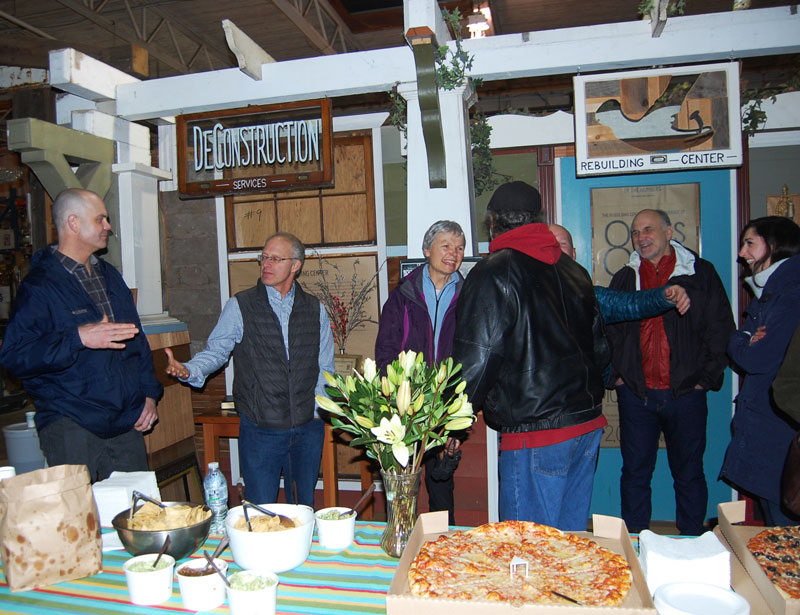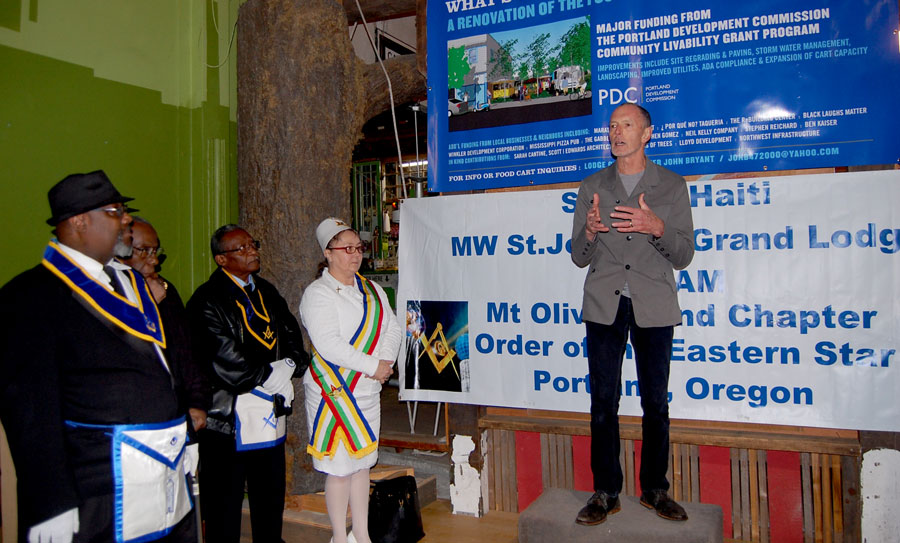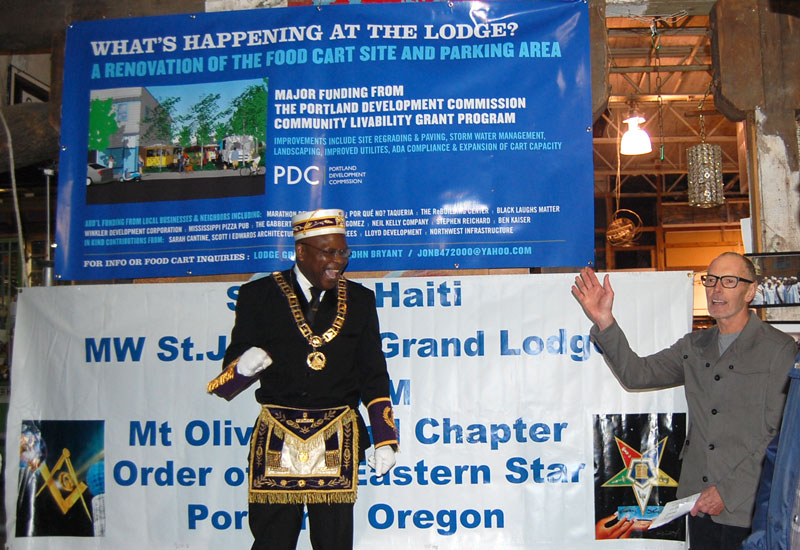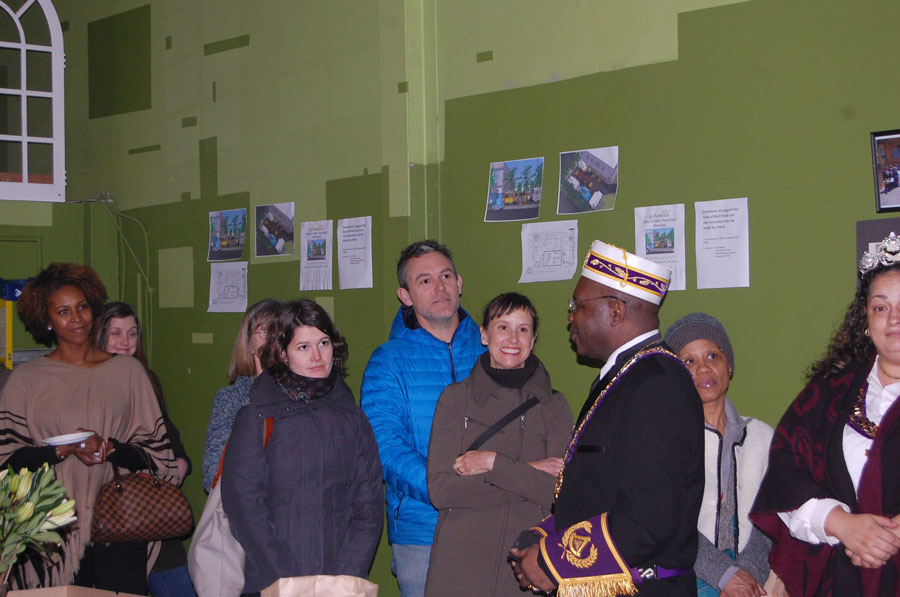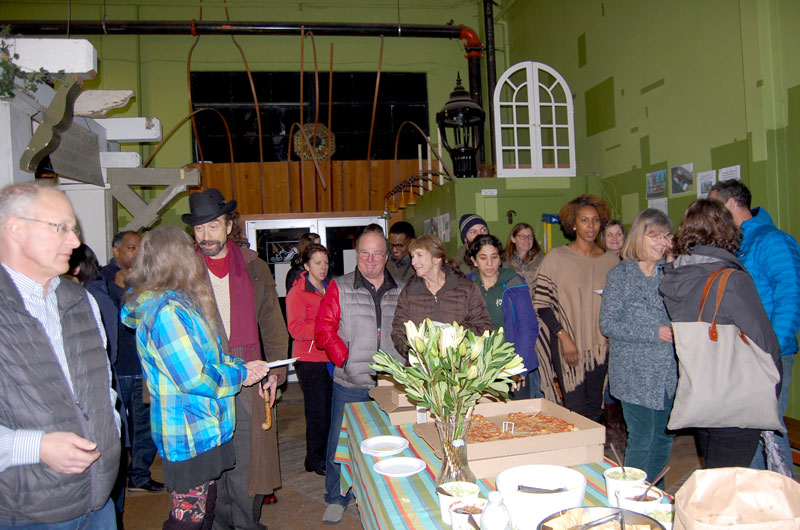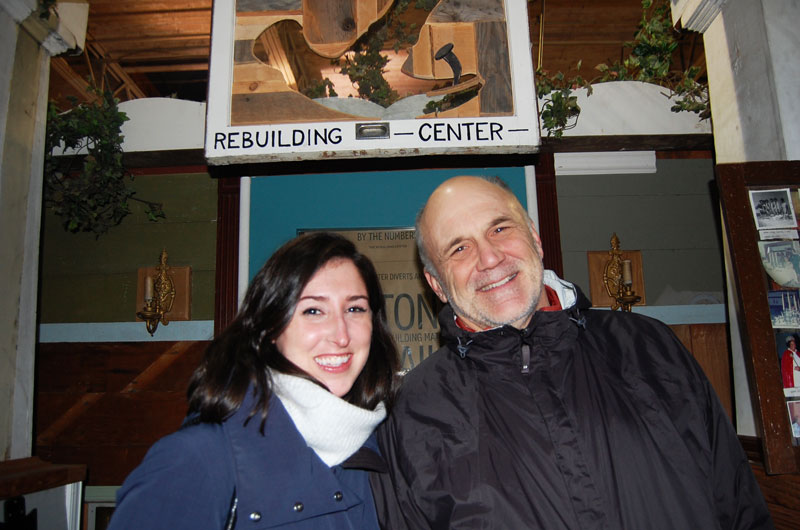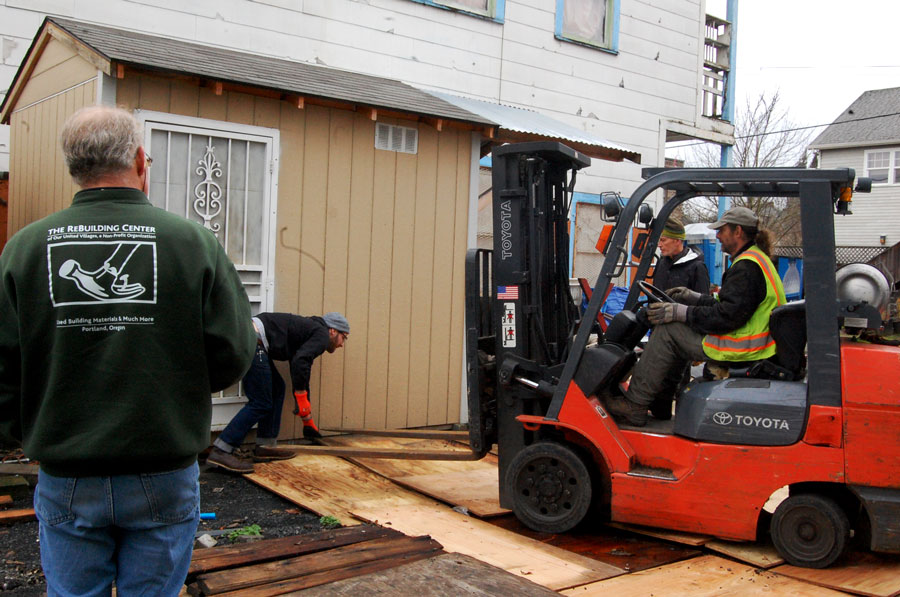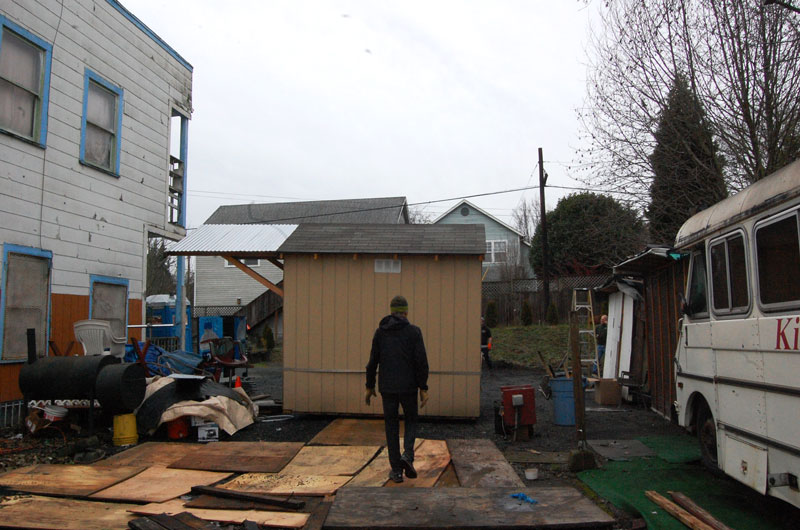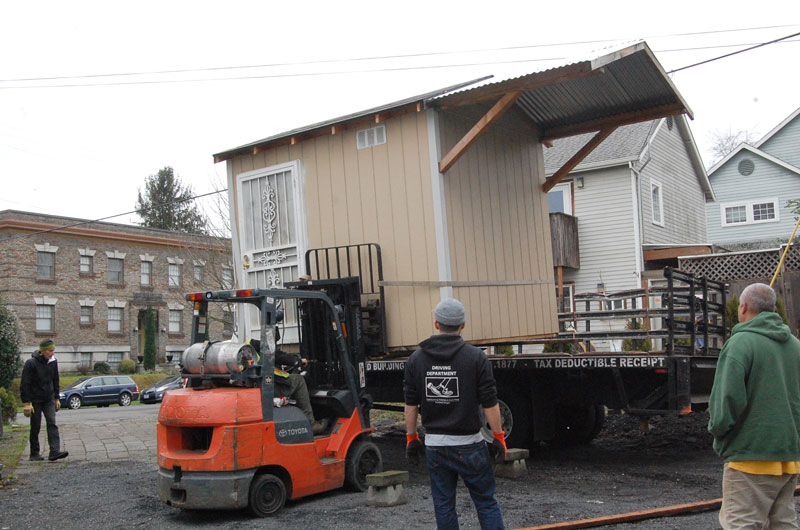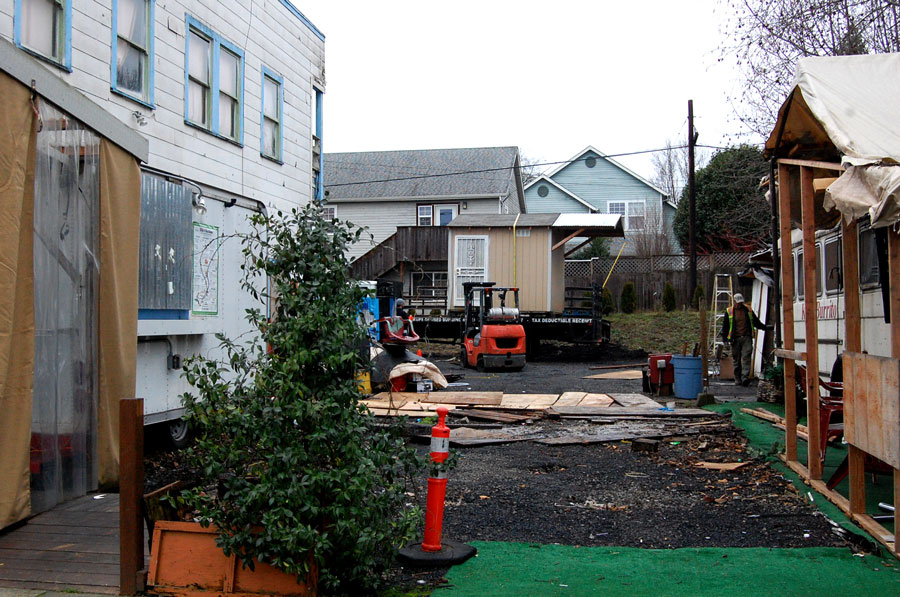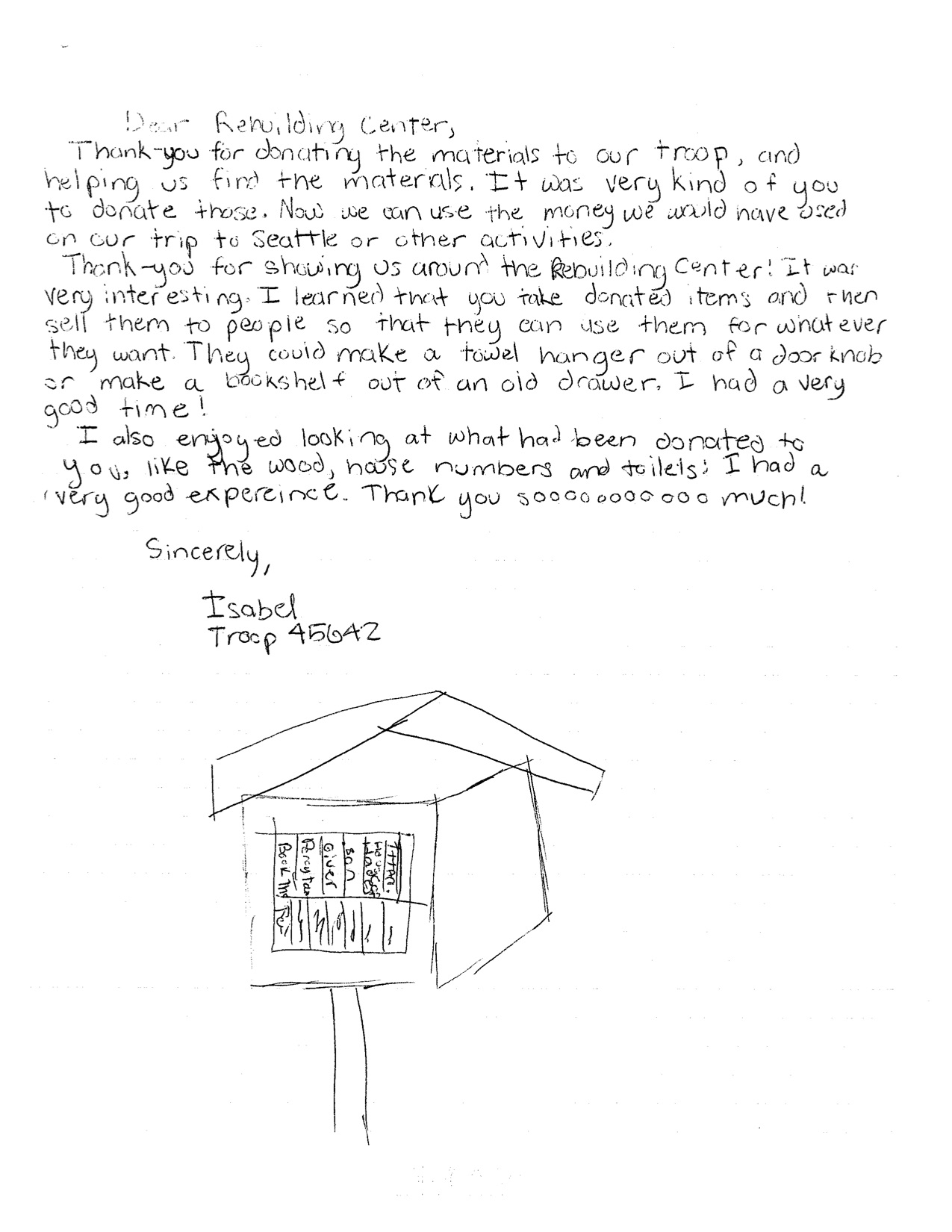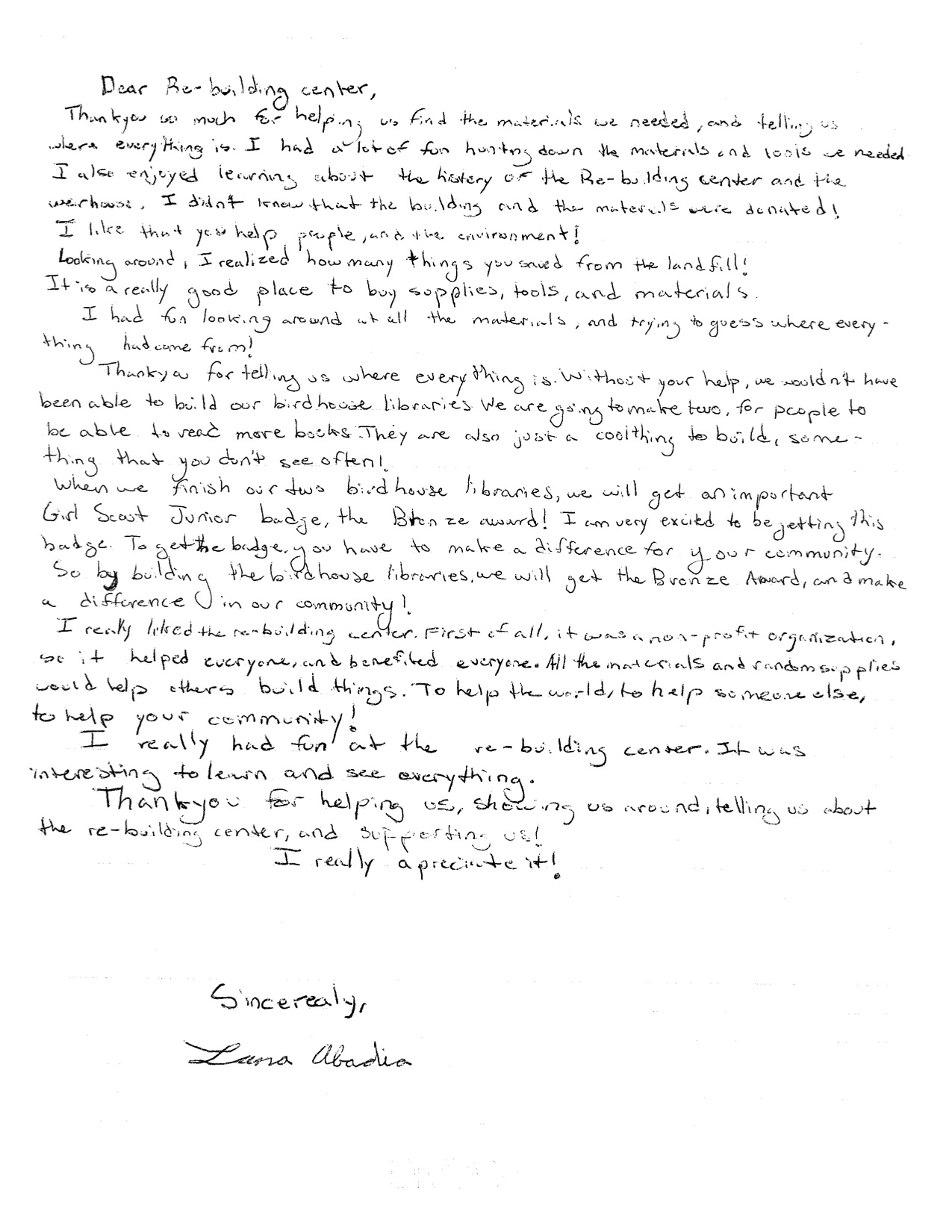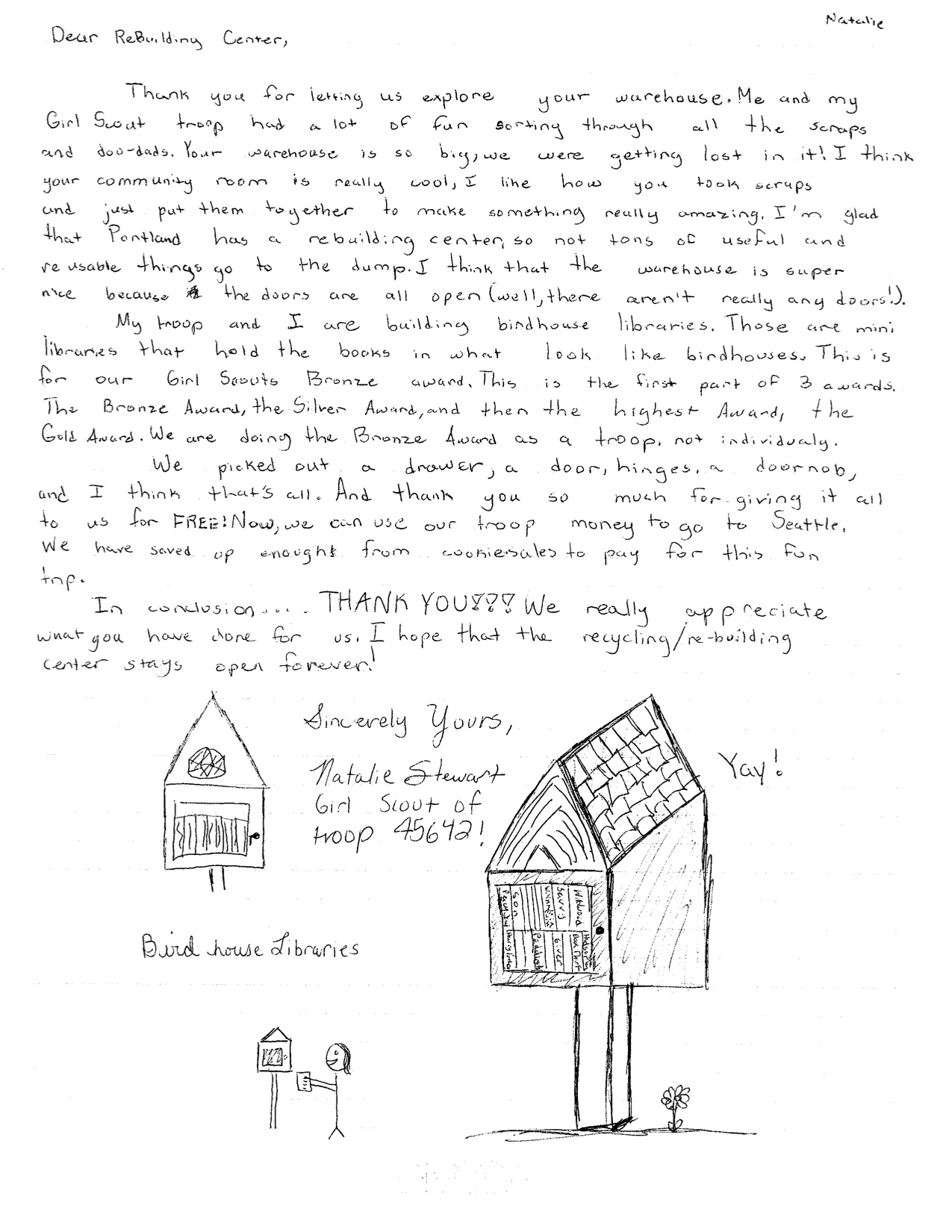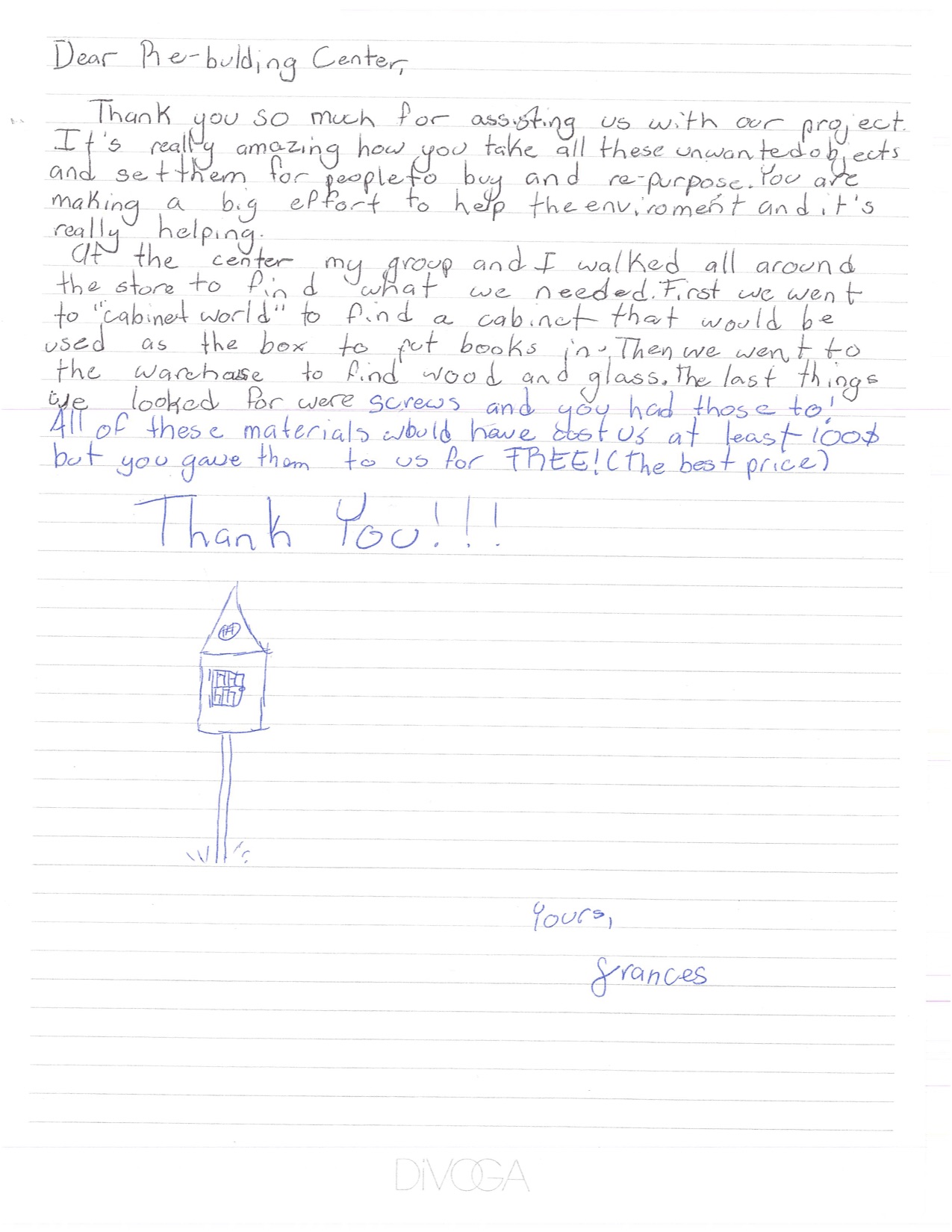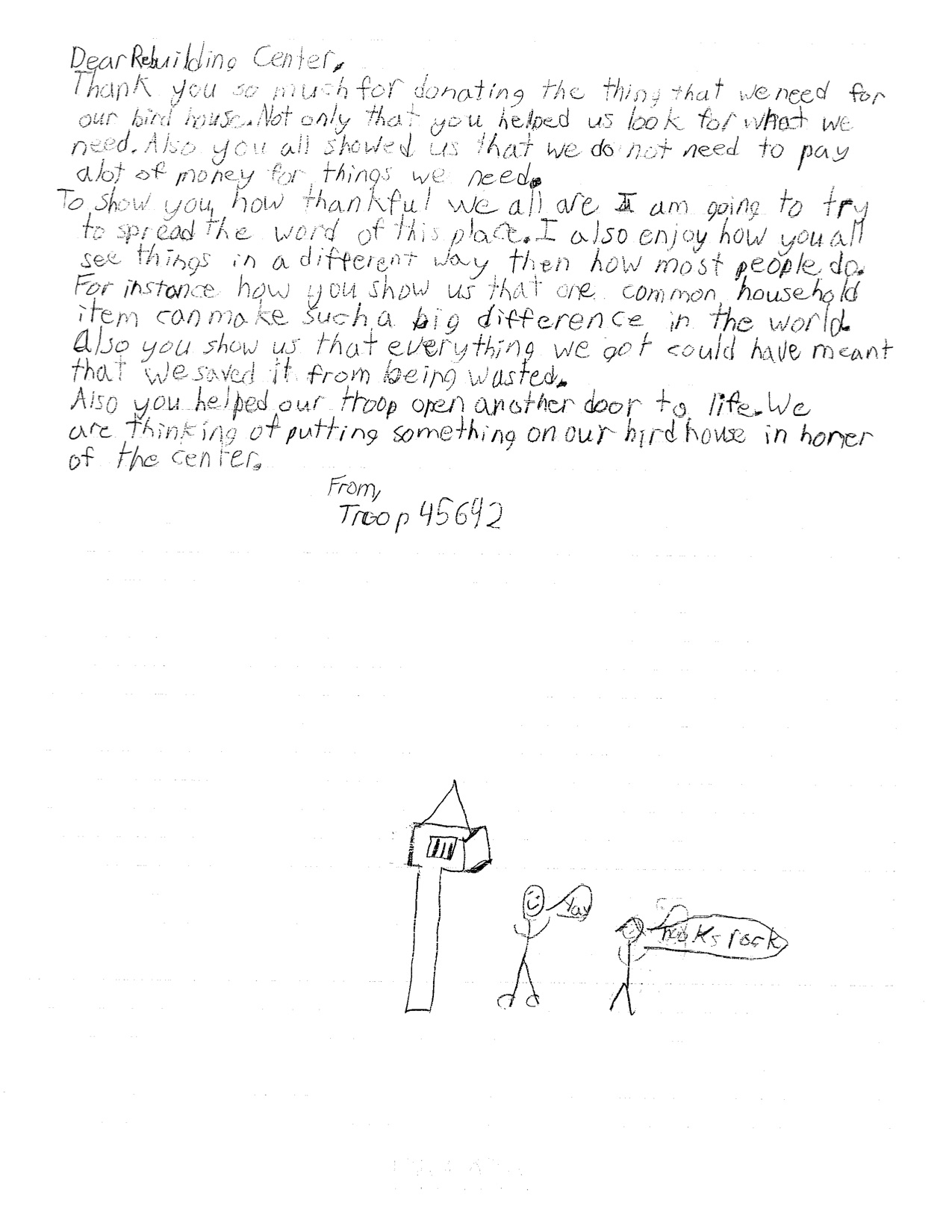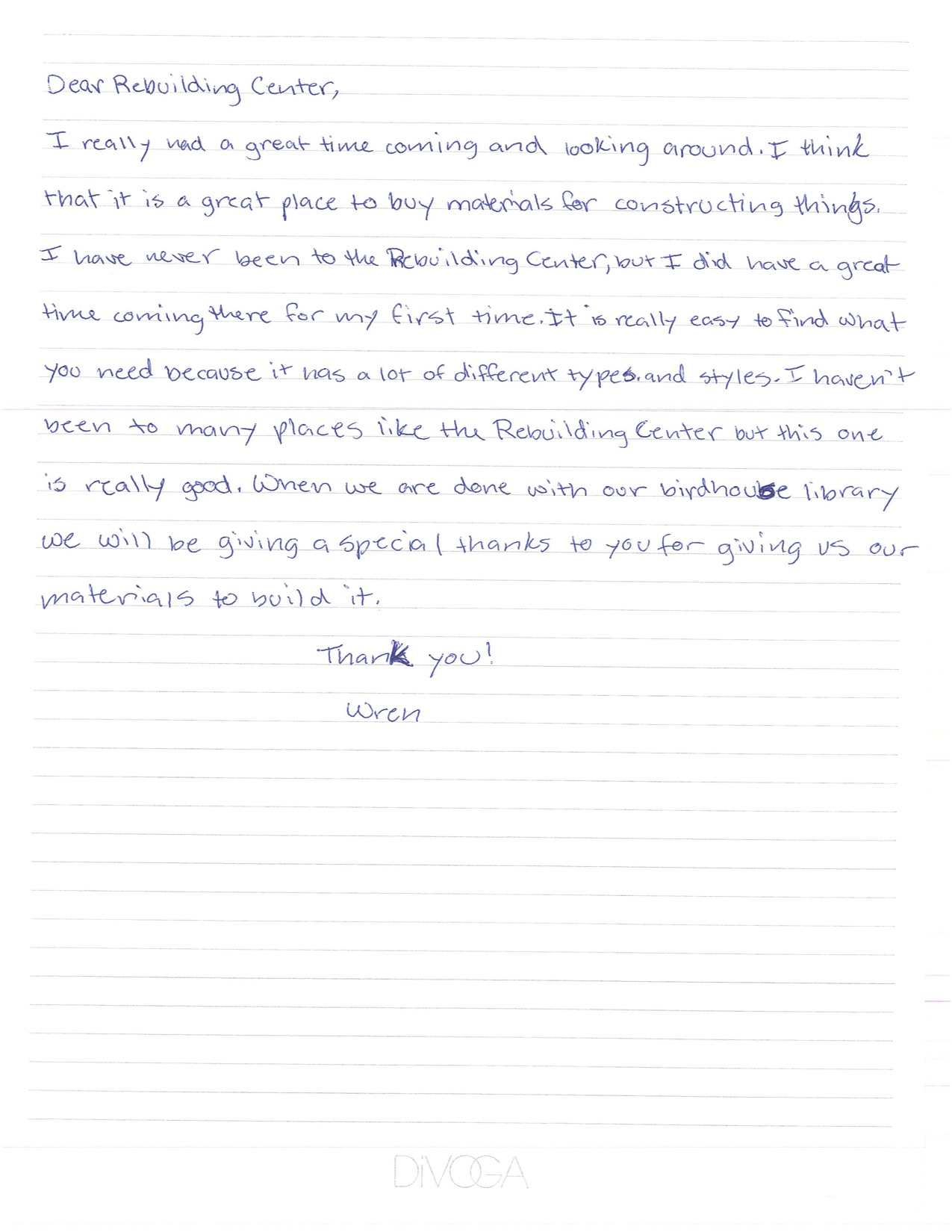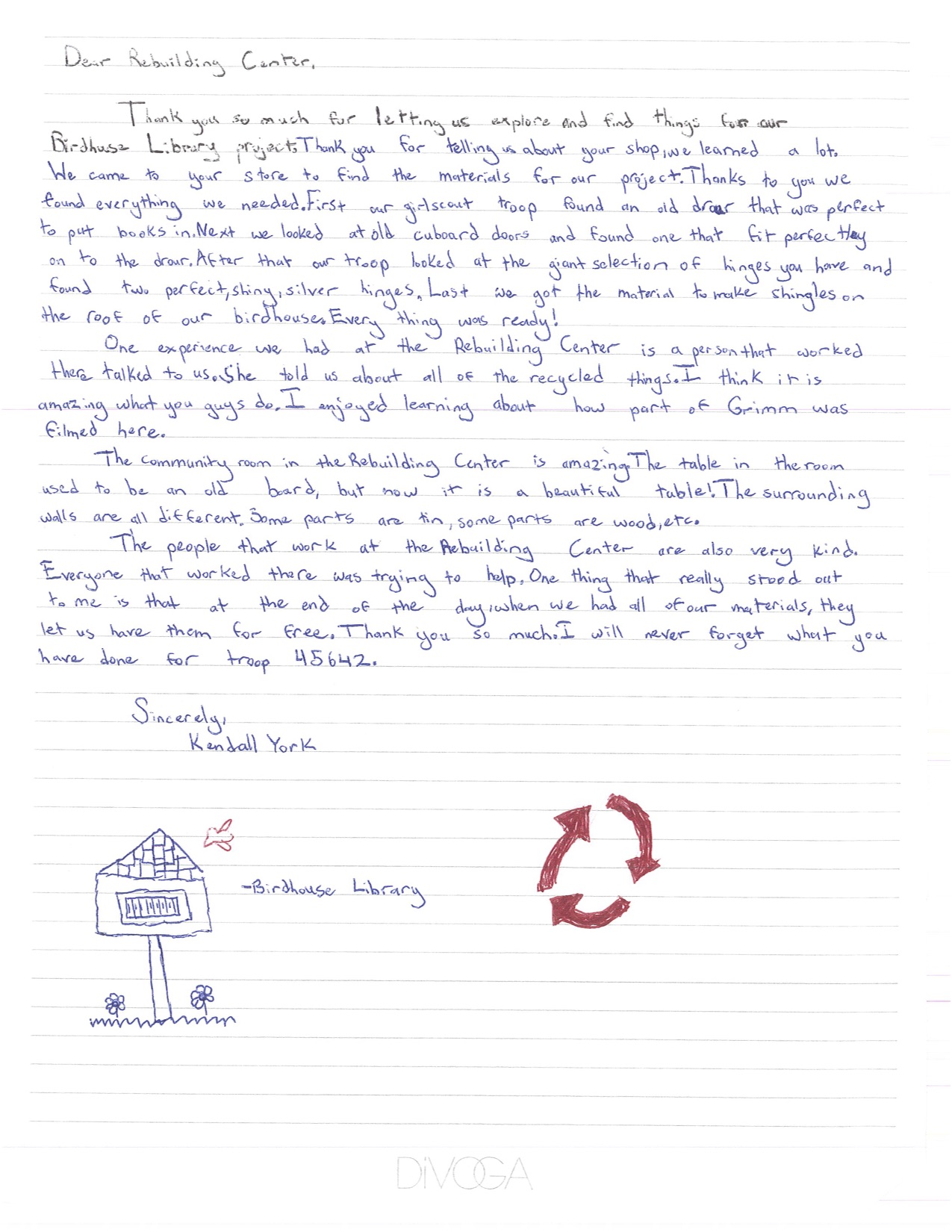Decon '16 - Notes From A Conference
- written by Stephen Reichard, Executive Director
"Wow! For those of you who have met me, and those I have not yet met, I am a novice - a babe in the woods; a colt; a cub; a fledgling – to the world of deconstruction, reuse, reclaim, and repurpose. So it was with considerable anticipation and trepidation that I approached my first BMRA (Building Materials Reuse Association) Deconstruction conference in Raleigh this week.
Where to begin? Let’s start in Savannah, GA where, in 2009, Emergent Structures took down 200 units of housing built in 1943 for shipbuilders as part of the war effort. Following the war, these homes became public housing and, like so much other public housing in the United States, eventually a blighted neighborhood, a haven for crime, and drug use – a place that terrified the very people who lived there. Emergent Structures inventoried the site, creating a three dimensional shopping market on-line that described the materials that were to come out of these 200 units. And they put the materials on line – so that contractors hired to redevelop the site could pre-order materials on-line.
As I came to discover, Heart Pine is to the East Coast as Doug Fir is to the Pacific Northwest. You can’t reuse studs, right? So Emergent Structures worked with a manufacturer and turned those Heart Pine studs into trusses. Reclaimed materials on site were turned into construction materials for the redevelopment of the public housing project. This created happy, healthy homes for the folks who were living in this once blighted community.
Beautiful heart pine trusses, made from salvaged heart pine 2x4s, can be seen here.
There are 230,000 public housing units in the United States that need to come down. How can we transform lives and communities through an ethic of reuse and repurpose?
In Springfield, MA, Pam Howland, 70 years young, refurbishes windows from abandoned factories being repurposed for loft living, removing the windows, stripping and repairing the wood, removing the caulk, refinishing them and replacing the glass, before returning the windows to the repurposed factory, saving hundreds of thousands of dollars and preventing the construction of 900 windows – and the consequent carbon footprint arising from their manufacture – in one building alone.
Pam teaches young, single mothers how to do this work. A single, large window generates up to $650 in revenue. Three windows a week is not out of the question, providing a living wage to a single mother who might otherwise struggle in this depressed rust-belt city.
In Philadelphia, PA, Greg Trainor (Philadelphia Community Corps) has bootstrapped a deconstruction business into a job training business. And while their measured output is jobs, they generate materials and rejuvenate neighborhoods in blighted North Philly.
And in Vermont, three friends have come together to create a workers’ cooperative that promises ownership in the business to hired workers within six months to a year of employment, helping the underemployed to gain job skills and capital as they seek to build a future for themselves by reclaiming materials.
For-profit or not-profit, and beyond the ethic of repurpose, reuse and reclaim, every organization in attendance seemed to hold as a fundamental principle the concept of justice: livable wages with benefits; hiring ex-cons, women, POC. Like no other industry in which I’ve ever worked, there is at its core the understanding that sustainability is not just about the environment; it’s about human systems interacting with our environment in a way that enables both the humans and the environment to thrive. I love this place! "
In a nutshell...
Stephen attended the Decon '16 Conference February 29th - March 2nd in Raleigh, NC.



